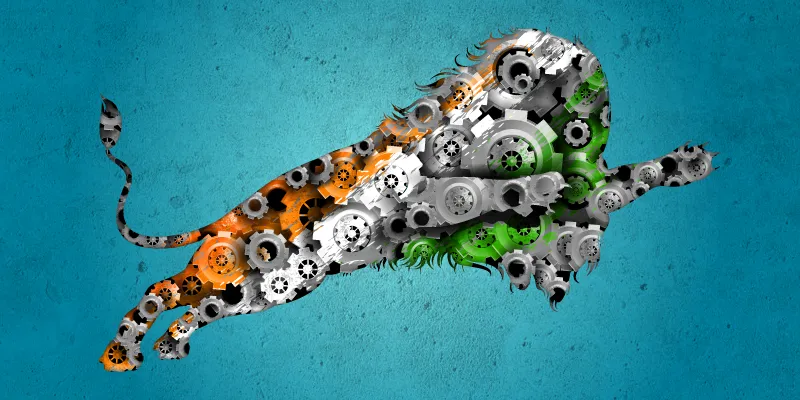What it would take for ‘Made in India’ to conquer the world
Money, among other things, is a significant driver of progress, and until the availability of risk capital in the Indian market matches the volumes in places like the US, this will remain a significant impediment for ‘Made in India’ companies to achieve the required scale to play in the global arena.

A painful truth about Indian technology companies, especially product-based businesses, is that one can probably count on two hands the number of ‘Made in India’ companies that have made it truly big in the global arena.
This, despite India being recognised as an indisputable global leader in software talent, and a majority of successful global technology product companies having leaders of Indian origin at various levels in their organisation.
While there are a number of complex factors that are responsible for this, here are three key factors impacting this:
Software services DNA: our success is our failure
Since the 80s, technology companies in India have been mushrooming at a steady pace.
The liberalisation measures undertaken by the government in the 90s led to an opening up of the Indian market as well as an orientation towards exports. The majority of software talent in India coalesced into giant software service behemoths that put India firmly on the global map as a force to be reckoned with.
The result — the software services DNA of most software talent in India. A mercenary-like approach to developing software for one client and moving on to the next, never really feeling ownership for the software that they developed. And an attribute directly connected to doing software development at industrial scale - the hierarchy of thinkers and doers. Thinkers who don’t do, and doers who don’t think.
Both these attributes are antithetical to the DNA needed for a product company, viz., sense of ownership of your software, and thinkers who do.
It is heartening to note, however, that the new generation of millennial software developers have a natural tendency towards a product DNA. Their lack of fear or sense of limitation is refreshing and a hopeful sign for the future.
Value buyers: limited early adopters for new innovations
A key element in the development of successful innovative products are the early adopters — that cohort of consumers that is willing to try a new product simply because it is new and innovative.
The Indian market, however, has traditionally been a value-conscious market. The classic emergence of the Indian middle class is only a decade-old phenomenon. Hence, consumption and early adoption of broad conceptual tech game-changer innovations has not been large enough to help the creators of these products in “crossing the chasm”.
Nevertheless, the recent spurt in e-commerce, finance, and transportation has shown an encouraging trend with the market shifting away from traditional value-conscious buyers, to modern lifestyle buyers.
It will be interesting to see how new companies will leverage this burgeoning cohort of modern buyers to build volume and scale and, subsequently, venture into global markets.
Hockey stick or bust: insufficient risk capital for non-unicorn ideas
Non-unicorn ideas these days seem like failures when compared to unicorns, which are really the exception. The VC market had become so skewed in the past few years towards chasing the next Indian Zuckerberg that any idea had to have hockey-stick potential to rise instantly towards a unicorn status.
Every other venture that was considered not worth investing in was essentially how businesses have always been built. They were the real normal who had turned pariah overnight.
Money is a significant driver of progress, and until the availability of risk capital in the Indian market matches the volumes in places like the US, this will remain a significant impediment for ‘Made in India’ companies to achieve the required scale to play in the global arena.
The way forward
So, what is the way forward, given these constraints?
Are we doomed to wait till we have reached a critical mass of product DNA talent, or a large enough pool of consumers willing to be early adopters of new innovation? Or do we need to wait for the risk capital available to incubate business ideas to reach adequate volumes?
Probably all of the above. But one possible approach could be ideas that are free of boundaries, which are based on user requirements, and behaviour that is common across different geographies. Solutions based on such user profiles (eg., millennials) could be strong contenders for a global ‘Made in India’ play.
(Disclaimer: The views and opinions expressed in this article are those of the author and do not necessarily reflect the views of YourStory.)







